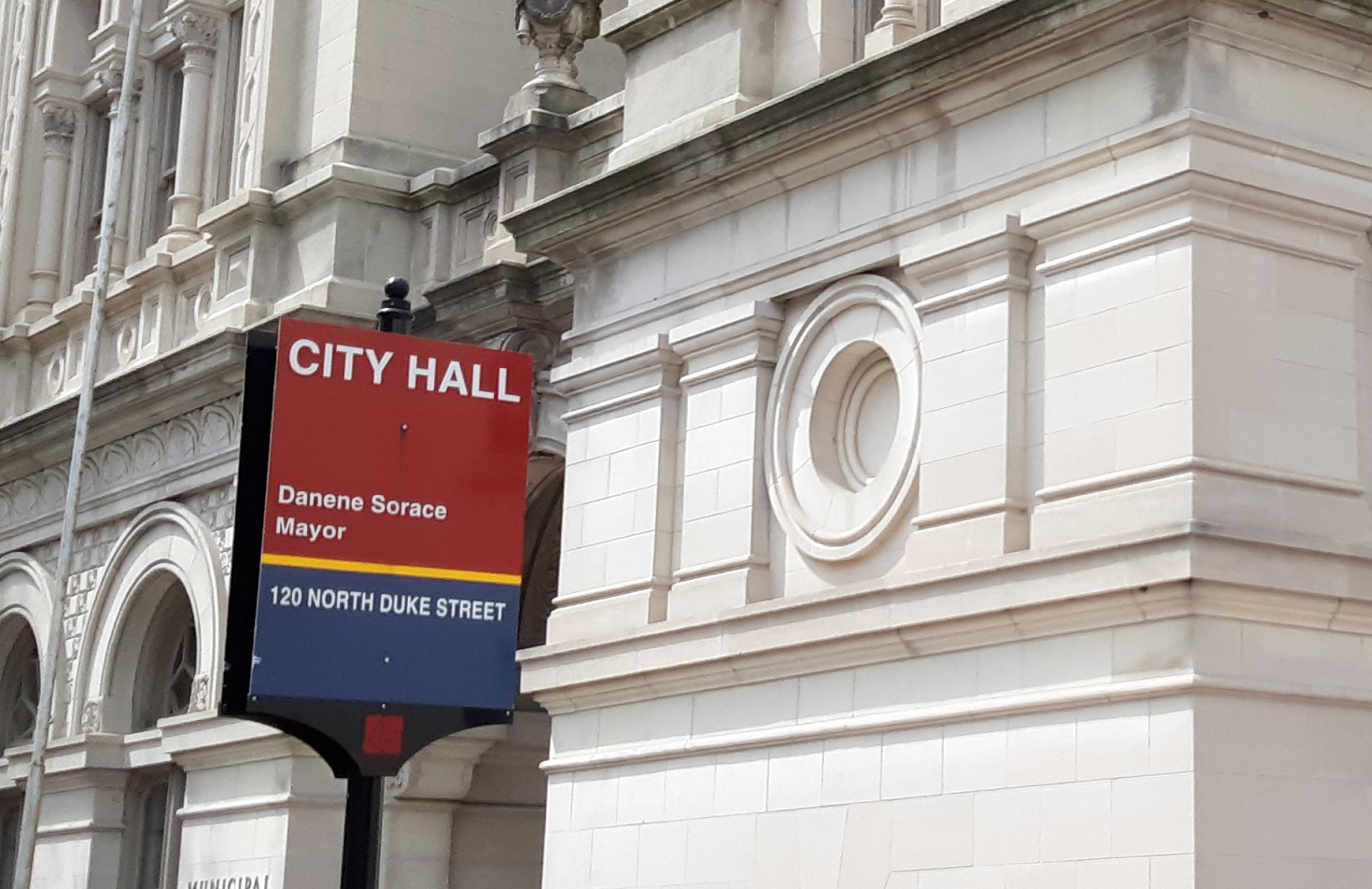Lancaster’s City Hall has released its request for proposals (RFP) for developers interested in obtaining city American Rescue Plan Act funds to build affordable housing.
The city says it welcomes applications from developers, nonprofits “and other community partners interested in increasing the number and quality of affordable housing units within the City of Lancaster.”
That could be in the form of new units, rehabilitation of existing housing, or the formation of “housing impact funds,” partnerships or other programs to bolster the affordable housing supply, the RFP says.
Full details and application materials are available by logging into the Pennsylvania Electronic Document and Bid Management website. The deadline to apply is 11 a.m. Monday, Aug. 22.
Like many metropolitan areas nationwide, Lancaster is facing a housing crisis that the pandemic exacerbated.
About one-third of Lancaster city households are “cost-burdened,” meaning they pay more than 30% of their income on rent or mortgages. A city-commissioned study by the Center for Regional Analysis found that both that the city has a housing shortage, and that its housing is not well aligned with current demographics.
Affordable housing was the No. 1 priority among city residents when the city sought public input last year on how to use its the $39.5 million it received from the federal government’s massive ARPA pandemic recovery program.
Accordingly, City Council voted last year to reserve $5 million of the $39.5 million for affordable housing, with the option to make additional appropriations in future.
To date, just under $1 million has been spent on the purchase of 838 Marietta Ave., a property near the former St. Joseph Hospital campus, on behalf of affordable housing developer HDC MidAtlantic.
The city’s interim housing plan calls for the construction of at least 2,000 new housing units over the next five years, with at least 15%, or 300, being affordable under federal guidelines. Those guidelines are based on what households earning 80% of the county’s median household income of $90,200 can pay, which works out to just over $1,800 a month.
In reality, city median income is sharply lower than that of the county as a whole, at around $50,000. According to the 30% “cost burden” threshold, such a household could comfortably pay up to about $1,250 a month on rent or a mortgage.






